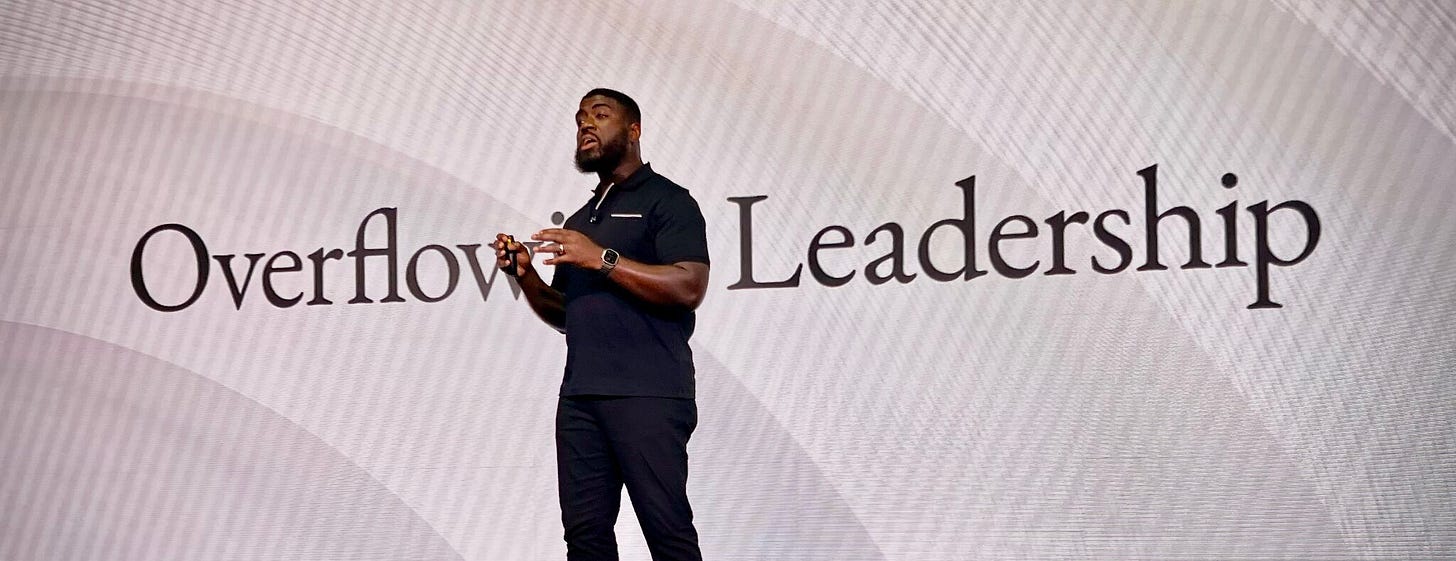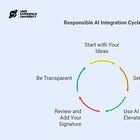Is AI Really Replacing UXers — Or Are We Sugarcoating It?
AI and UX: Are We Being Replaced or Just Rewritten?
We’ve heard it all.
“AI can’t replace empathy.”
“AI will free us to focus on strategy.”
“Designers will always be needed.”
But here’s the truth:
AI is changing UX jobs.
Some parts are already gone. Others are next. And pretending that it’s all just a tool — not a replacement — might be holding us back from adapting fast enough.
Still — this isn’t the end.
It’s a reset. A shift. And yes, a big opportunity if we’re willing to evolve.
AI VS UXers
Roles That Are Quietly Disappearing
The Parts of UX That Still Need Humans (For Now)
Why “AI as Assistant” Might Be a Dangerous Oversimplification
What This Means for Junior, Mid, and Senior UXers
Real Roles UXers Are Moving Into
How to Adapt, Level Up, and Future-Proof Your UX Career
Resource Corner
What AI Is Already Doing Better Than UXers
Let’s stop pretending:
There are parts of our work that AI already does faster — and in some cases, better.
Wireframe generation — done in seconds
Drafting personas — done from data
Heuristic analysis — automated
Content suggestions — AI UX writing is improving weekly
Accessibility checks — faster and more consistent than human teams
Tools like Uizard, Diagramming, and Magician are making entry-level UX tasks... less necessary.
It’s not just theoretical anymore.
It’s operational.
Roles That Are Quietly Disappearing
You won’t always see headlines.
But you’ll feel the shift:
Junior visual designers are no longer the default first hire.
UX writers are getting pulled into “content ops” with generative tools in the driver’s seat.
User researchers are being asked to rely on AI summaries, not direct synthesis.
Mid-level designers are expected to cover more ground with fewer hours.
It’s not one big layoff.
It’s slow erosion — and it’s happening now.
The Parts of UX That Still Need Humans (For Now)
Here’s what AI still can’t do well:
Problem framing. AI needs a prompt. UXers find the real question.
Team collaboration. AI can’t align a product manager and an engineer on what “good” looks like.
Ethical thinking. AI can scale design. But it can’t decide what should be built.
Cultural sensitivity. Bias in = bias out. UXers still spot the red flags.
Emotionally informed decisions. People’s stories, not just clicks, drive great design.
These aren’t soft skills.
They’re survival skills.
Why “AI as Assistant” Might Be a Dangerous Oversimplification
It’s comforting to say,
“AI helps, but doesn’t replace.”
But history says otherwise, from manufacturing to customer service to publishing.
The assistant becomes the operator.
The operator becomes the standard.
And suddenly, the human is optional.
Let’s be honest.AI is a co-pilot — but only if you’re still steering.What This Means for Junior, Mid, and Senior UXers
For juniors:
Build communication, not just prototypes.
Focus on team collaboration, research literacy, and being adaptable across tools.
For mid-level UXers:
Now’s your pivot moment.
Can you lead a sprint? Present to stakeholders? Explain trade-offs in product terms?
For senior designers:
It’s about visibility.
Are you tying UX to business impact? Leading strategy? Supporting change across teams?
The job isn’t just “do the work.”
It’s “show the value.”
Roles UXers Are Moving Into (That AI Can’t Fill)
We’re seeing real growth in roles AI can’t touch:
AI Experience Designer — shaping how humans interact with intelligent systems
Design Strategist — aligning user needs with business direction
Research Lead — delivering insights with context and action
Service Designer — building experiences that span tools, teams, and platforms
Ethical Design Consultant — guiding responsible use of emerging tech
These roles demand context, judgment, and leadership — not just production.
How to Adapt, Level Up, and Future-Proof Your UX Career
Here’s what’s working for UXers making the shift:
Upskill strategically. Pick one core area — product strategy, research ops, systems design and go deep.
Build with AI, not against it. Learn how AI tools think, so you can challenge them better.
Communicate outcomes, not tasks. Shift from “I created a prototype” to “this improved onboarding by 20%.”
Own your evolution. UX isn’t narrowing. It’s stretching into roles that need clarity, not clicks.
Why UXCON '25 Might Be Exactly What You Need Next
If you're feeling the shift but don’t know where to go next — this is your checkpoint.
At UXCON '25, we’re not just talking about AI.
We’re talking about what it means to stay essential:
Real talks from UXers who’ve pivoted
Workshops on business communication, product alignment, and systems thinking
Stories from designers building tools, not just using them
Clarity on how to position yourself in the next wave of UX work
Earlier this week, one of our speakers, Calvin Robertson, shared this reflection after speaking with a group of entrepreneurs:
“It was inspiring to be among leaders from diverse disciplines. People who know the challenges of life and still choose to keep showing up — not just for themselves, but for others. That made it easy to talk about leadership. Because many of them already embodied the very thing I was there to describe: Leadership that doesn’t reside solely in a title but flows through others. Leaders who create space. Leaders who create other leaders.”
This October in Silver Spring, Maryland, Calvin will be sharing more — lessons from decades in enterprise IT, UX research, and product leadership.
It’s not just about where UX is headed.
It’s about who we become in the process.
Resource Corner
Final Thought: This Isn’t the End. It’s a Reset.
Truth is, some roles will vanish.
Some tools will take over.
But UX isn’t going away. It’s being asked to grow up.
If you’ve ever wanted to lead, translate, question, or make your voice matter —
This is the time.







I find it refreshing to see a more objective point of view of UX. It’s true UX is not dying and as long as there are skills and abilities that we possess but AI doesn’t, then UX researchers are here to stay.
But regarding some of the skills that AI will replace, I still believe that wireframes need a human touch, otherwise all apps are going to have similar skeletons.
And in creating persona, we still need to take a deeper look at our users so we can empathise with them.